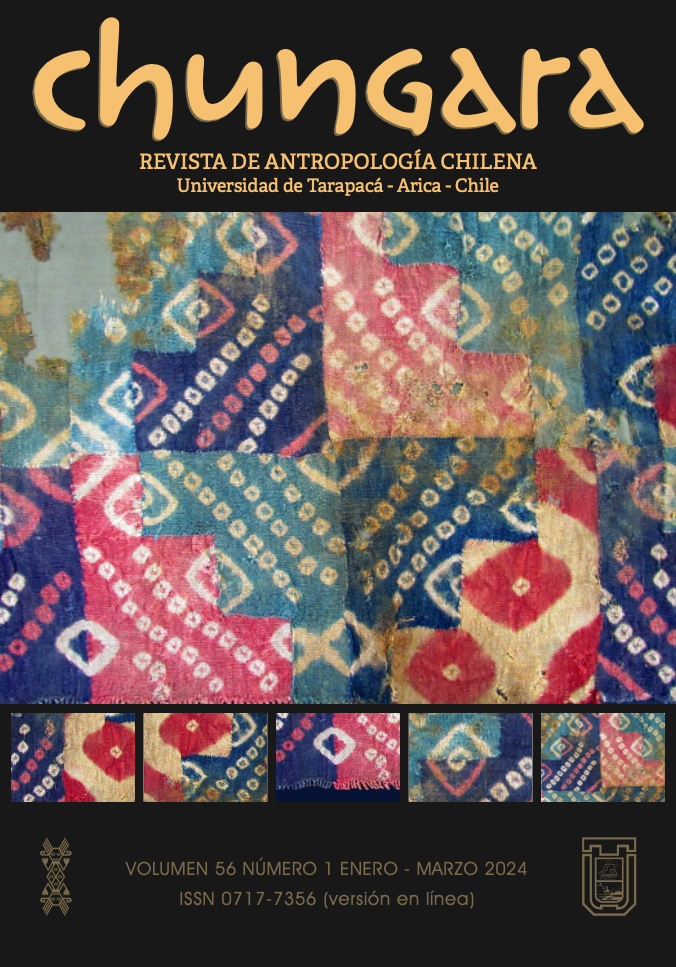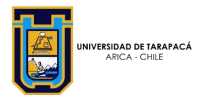20245603(en)/3 - Morphometry of the Tiwanaku Keru Vessel: Formal Characterization and Cultural Implications
MORPHOMETRY OF THE TIWANAKU KERU VESSEL: FORMAL CHARACTERIZATION AND CULTURAL IMPLICATIONS
MORFOMETRÍA DEL VASO KERU TIWANAKU. CARACTERIZACIÓN FORMAL E IMPLICACIONES CULTURALES
Juan Villanueva Criales y Esther Travé Allepuz
This article seeks to explore the potential of the morphometric method to contribute to discussions on ceramic variability and social identity in Tiwanaku (ca. AD 500-1100) through the analysis of a hundred complete keru vessels housed in European museums. The study employs a chaîne opératoire theoretical framework and suggests that the production of ceramic forms can hold social importance and may or may not align with other productive stages. It applies a methodology based on 3D scans, measurements, and statistical analysis of morphometric data to achieve a formal classification, which we then discuss in relation to contextual data and other technical and decorative variables. As a result, we identified four morphological groups with their respective variants, including a previously underrecognized straight-walled keru tentatively linked to the Titicaca islands and western valleys. We also discuss the internal morphological diversity within the finest and most standardized ceramics and address the challenges in categorically assigning the concept of Derived Tiwanaku or Cochabamba Tiwanaku to more slender forms. In addition, we reflect on the scope of the morphometric method and underscore the importance of its broader application in the future, both for museum collections and the study of better-contextualized potsherds.







